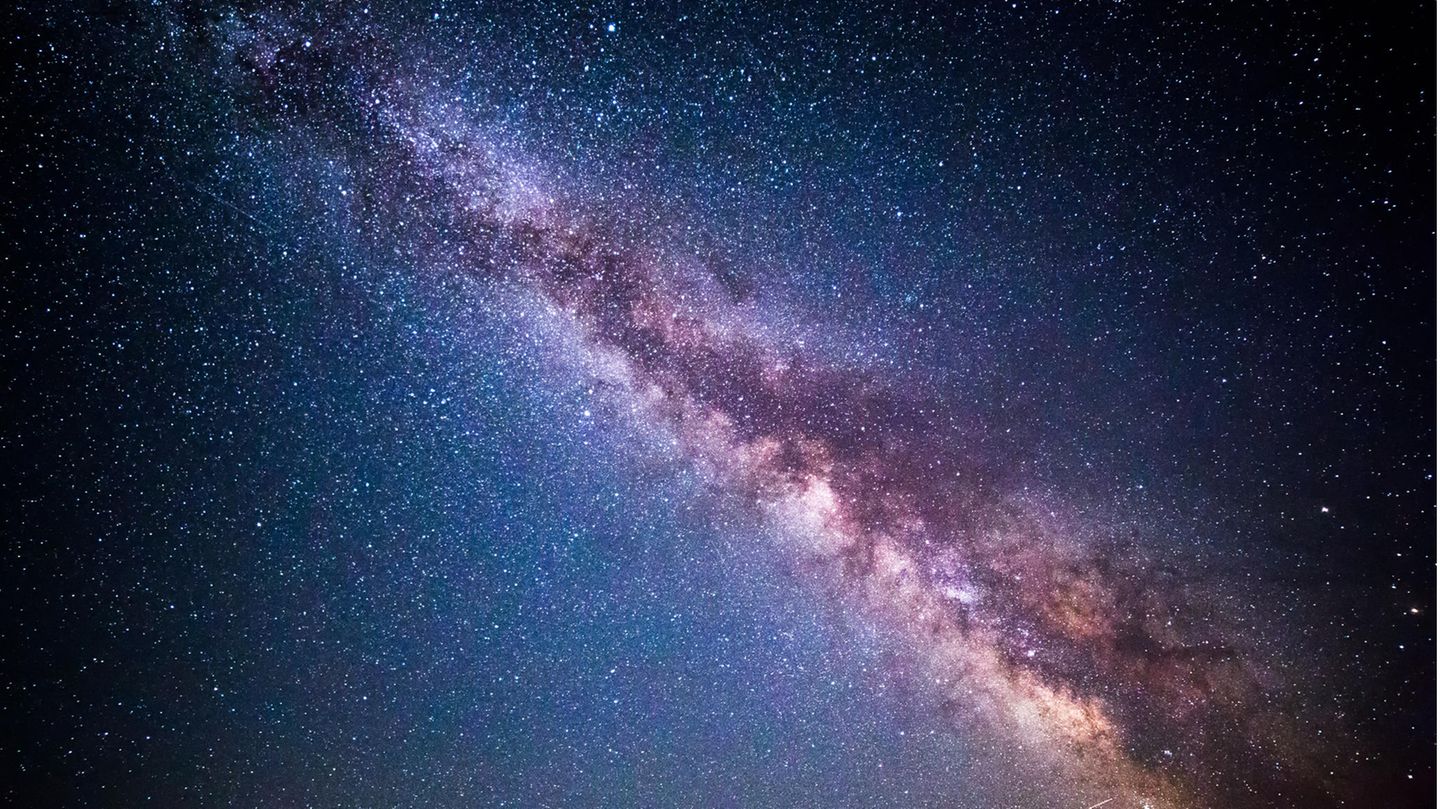One expert is convinced that the Sun has already reached the beginning of its maximum activity. He has a clear opinion about solar superstorms.
FRANKFURT – The Sun is becoming more active and is expected to reach its maximum activity in 2024, according to updated forecasts from the Space Weather Prediction Center (SWPC) in the USA. The maximum means that the Sun is very active, many sunspots can be seen on its surface and increasingly charged plasma is thrown into space. If the sun collides with the Earth, beautiful northern lights can occur — but so can radio problems. In the event of a particularly violent strike, ground infrastructure could also be affected.
That’s why research uses different space sensors to closely monitor the Sun and can warn of plasma clouds coming from our star. Astrophysicist Dr. Volker Böttmer, who conducts research at the Institute of Astrophysics at the University of Göttingen, is very familiar with the Sun. In conversation with fr.de from IPPEN.MEDIA It is shown using graphs: “The sun has more activity in this cycle than in the last cycle.” The solar energy expert assumes that the current maximum solar activity has already begun. “We are, so to speak, at the limit in the first phase.”
Sun expert: The sun is already at the beginning of its zenith
Solar maximums often have two “arms”. The time from solar minimum to first peak lasts about three years. The researcher also estimates about three years maximum. The time from solar maximum to next minimum always takes longer than from rising to maximum, Botmer assumes about five years. In total, the solar cycle lasts eleven years. But at the moment it is the solar maximum that is receiving special attention. “We now have higher solar activity and the number of solar storms is increasing,” explains Butmer.
But the solar storms currently occurring are “small storms,” the researcher emphasizes. “For us, these are not huge events, they are completely normal.” However, there are also major solar storms – and they can have huge impacts. “You can take oil pipelines, satellite navigation systems, the effects of radiation on astronauts, on biological systems. Air traffic is disrupted, satellites are dropped by up to five kilometres, all these effects,” says Butmer, but he immediately follows up. In a clear statement: “In a solar storm, not all processes can occur, but they do not have to occur simultaneously.” The same time.
There are many factors that must come together to form a solar superstorm
Overall, Bothmer wants to allay fears of a major solar storm. “There are an incredible number of factors that come together that are necessary for a superstorm,” the researcher emphasizes. There are more than 10,000 solar storms in an 11-year solar cycle. “We have about 50 of them that reach very extreme speeds. They’re not all heading toward the Earth, they don’t have the right direction for the magnetic field or they’re hitting the Earth at the wrong time of year.” Research observes the strongest solar storms in March, April, September and October.
The most powerful solar storms observed to date are the Carrington Event in 1859 and the New York Railroad Storm in 1921. Recently, a research team showed that another superstorm struck Earth in 1872. (unpaid bill)

“Typical entrepreneur. Lifelong beer expert. Hipster-friendly internet buff. Analyst. Social media enthusiast.”







More Stories
Ryanair boss wants planes to be made available for repatriation
A boy finds a rare Lego octopus from a container that fell into the sea in 1997
SRF News Contest of the Week – News